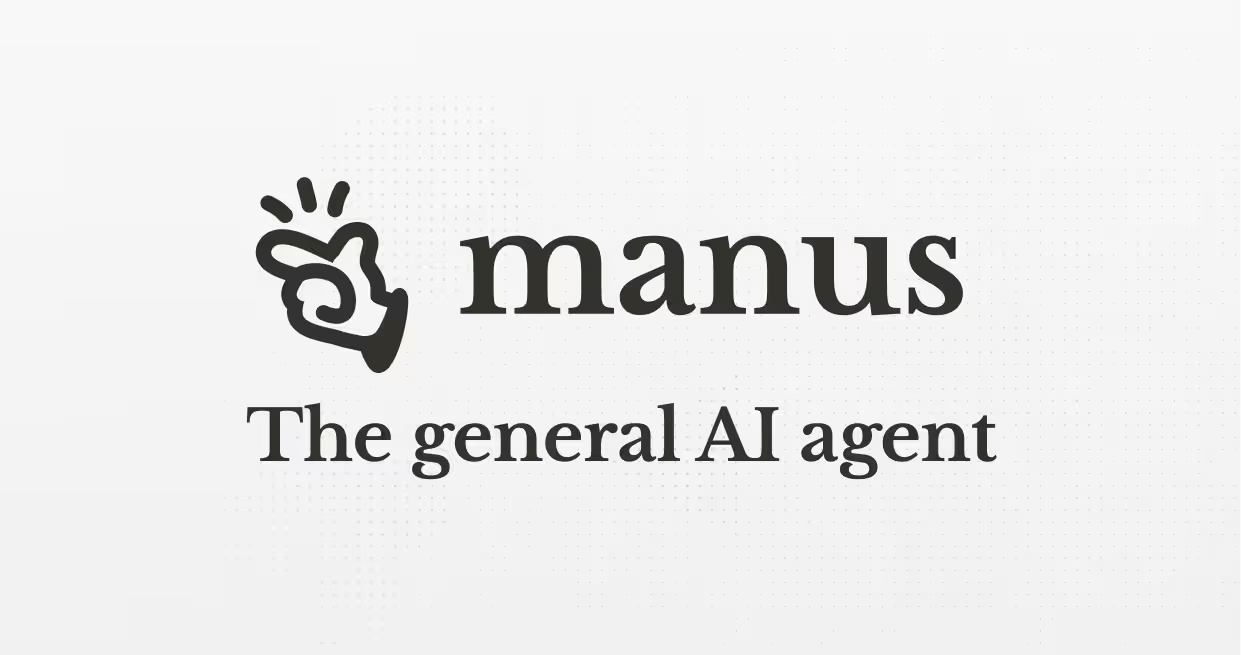
At Manus AI, we envision a future where artificial intelligence transcends passive interaction, becoming a seamless extension of human will that autonomously transforms ideas into tangible outcomes. Our mission is to architect the world’s first fully autonomous, general-purpose AI assistant that not only interprets intent but independently plans, executes, and delivers complex, multi-step tasks, reshaping how productivity and creativity flourish in the digital age.
Driven by advanced multi-modal technologies and empowered through context engineering and parallelized collaboration, Manus AI is pioneering a new class of AI agents that think and act with agency. We believe in bridging the gap between thought and action—creating agents that operate reliably and intelligently in diverse environments, from code development to content creation and expansive research.
Our commitment lies in building adaptive, continuously learning systems that amplify human capabilities, enabling a future where AI is a proactive partner in every professional and personal endeavor. Manus AI is setting a new standard for autonomous intelligence, forging pathways for unprecedented innovation across industries worldwide.
Our Review
We've been tracking the autonomous AI space closely, and Manus AI caught our attention the moment it launched in March 2025. While everyone else was busy perfecting chatbots, this Chinese startup decided to build something fundamentally different—an AI that doesn't just talk, but actually gets things done.
The name says it all: "Manus" means "hand" in Latin, and this platform truly acts like digital hands that can execute complex tasks without constant hand-holding. We're talking about an AI that can break down your high-level goals, create a plan, and execute it across multiple tools and platforms.
What Makes It Different
Most AI assistants today are glorified search engines with personality. You ask, they answer, then you're back to doing the work yourself. Manus flips this script entirely.
We tested it with a complex research project that typically takes hours of manual work—gathering data from multiple sources, analyzing patterns, and creating a comprehensive report. Instead of giving us suggestions or partial answers, Manus actually did the work. It fetched real-time data, processed it across multiple threads using their "Wide Research" feature, and delivered a polished result.
The SOTA Performance That Got Our Attention
Here's what really impressed us: Manus achieved state-of-the-art results on the GAIA benchmark, significantly outperforming GPT-4 with plugins. That's not just marketing speak—GAIA is specifically designed to test autonomous AI capabilities, and crushing those benchmarks means this platform can handle genuinely complex, multi-step reasoning.
The multi-modal capabilities are solid too. We watched it seamlessly switch between generating code, creating images, and processing documents within a single workflow. No context switching, no "sorry, I can't do that"—just smooth execution.
Who Should Pay Attention
Developers will love the automation potential for testing and deployment workflows. We can see this being a game-changer for teams dealing with repetitive but complex development tasks.
Business professionals who spend too much time on data analysis and report generation should definitely take a look. The platform's ability to integrate with existing tools and APIs means it can slot into most business workflows without major disruptions.
What's particularly exciting is how quickly the open-source community responded—within days of Manus's announcement, we saw numerous alternatives pop up. That's usually a good sign that something genuinely innovative has hit the market.
Autonomous task execution with multi-step planning and minimal oversight
Multi-modal capabilities covering text, images, and code generation and processing
Advanced integration with browsers, code editors, databases, and APIs
Context engineering and parallel processing with multiple collaborative subagents
Continuous learning for adaptive and personalized agent behavior








